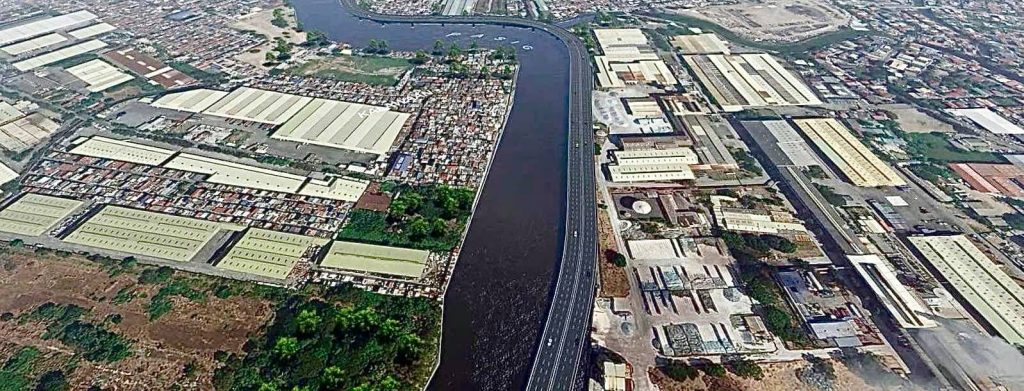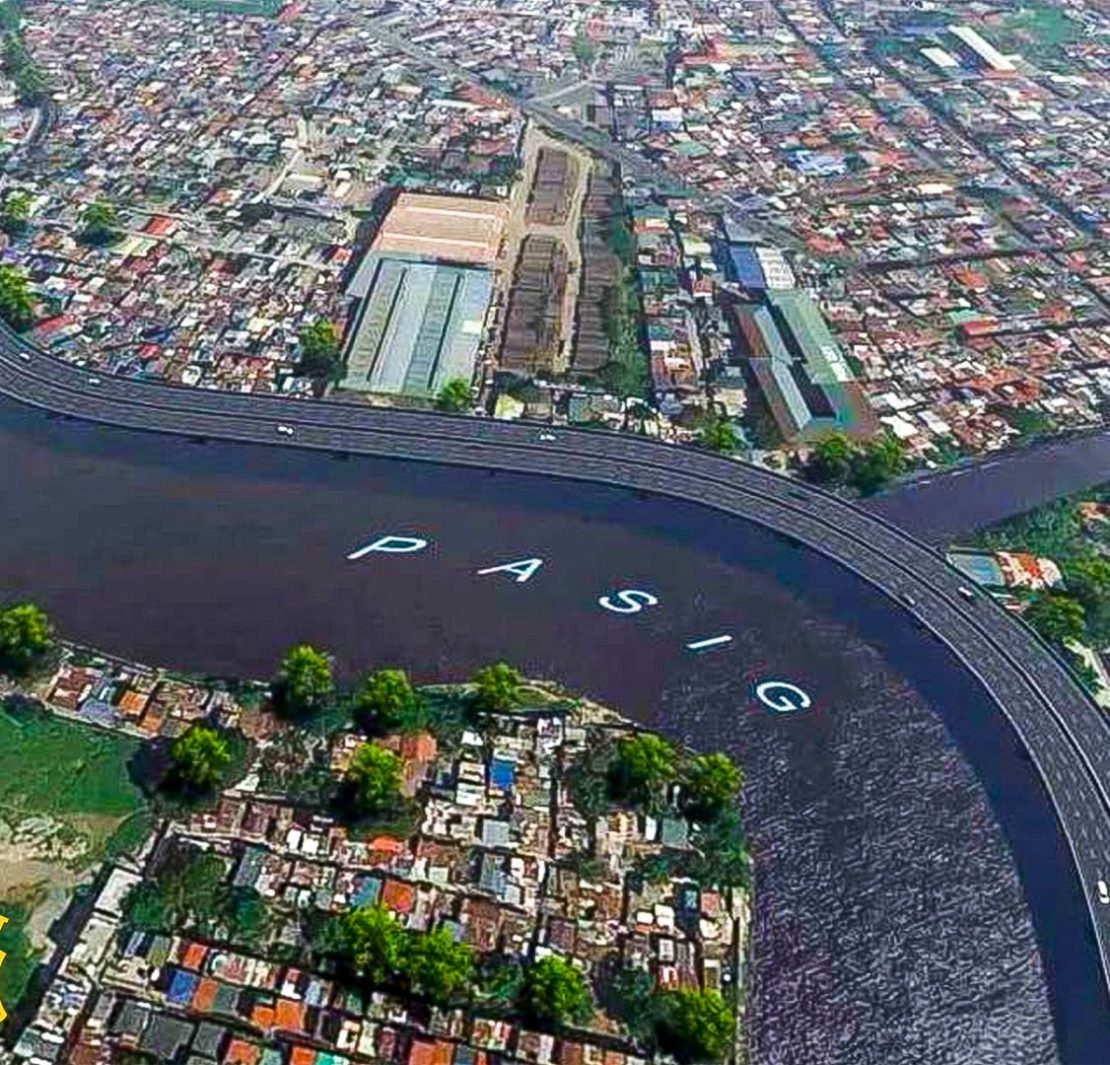Last week, San Miguel Corp. (SMC) and the Department of Transportation (DOTr) broke ground for the Pasig River Expressway (PAREX) days after its proposal was approved by the government. The 19.37-kilometer six-lane elevated expressway will run alongside Pasig River from Radial Road 10 in Manila to C-6 Road, also known as the future South East Metro Manila Expressway (SEMME) in Taguig. The project is estimated to cost P95 billion and is fully funded by SMC with no taxpayer money, the company said.
According to the Department of Public Works and Highways’ website, PAREX will have three major segments: Segment 1 from R-10 to Skyway 3 Plaza Azul, Manila; Segment 2 from Skyway 3 San Juan River to C-5, and Segment 3 from C-5 to C-6. PAREX will also connect to, and utilize a 2.7-km portion of the new Skyway Stage 3 from Nagtahan to Plaza Azul.

“This will be an inclusive, user-centered infrastructure that will integrate various modes of transportation beyond cars. It will have dedicated bike lanes, walkways, a bus rapid transit system, among others,” Ramon S. Ang, SMC president said in a statement.
Criticisms of PAREX
Ang also addressed criticisms of the project coming from mobility, environment, and heritage advocacy groups, who fear that the project will affect Pasig River and promote inequality between private car owners and the carless commuting sector.
Criticisms of PAREX were outlined in a petition backed by over 60 civic groups and signed by over 700 private citizens as of writing. The groups argue that the “harm from PAREX will far outweigh any projected benefits.” Apart from fearing for Pasig River’s viability after the project, criticisms also zeroed in on the PAREX’s alleged promotion of a car-centric city. “By inducing more car travel, PAREX will harm not just public transport commuters, but slow down car users, too—and will worsen Metro Manila’s car-centric investments over the past decade,” the statement read, citing an ongoing decade-long paper on local transport systems.
It added that SMC’s promised bus rapid transit system and cycling lanes are not supported by “formal, detailed, and publicly available documents and feasibility studies.”
Another environmental concern for groups against PAREX is the increase in “non-exhaust emissions” like microplastics from car tires, road dust, and particulate matter.
Reacting to these criticisms, Ang said in a statement last Friday, Sept. 24, “Through PAREX, we will solve traffic and congestion, provide jobs for thousands of Filipinos, boost productivity, improve people’s daily commutes, address flooding, and save the Pasig River itself. More than that, we can also encourage more people to be active and healthy. This is what it means to help make Metro Manila truly livable again.”
SMC’s environmental commitment
As for the environmental aspect of the project, SMC said PAREX will not cover the river as some allegedly misleading posts claim. “The posts for the project will only take up one meter of space, while the average width of the Pasig River is 200 meters,” Ang said.
The corporation, he said, is also committed to maintaining the body of water for the next 30 years. SMC also boasts a P2 billion Pasig River rehabilitation initiative, which plans to expand water transport through ferry boats that will link people to cities along the waterfronts of Metro Manila including Laguna Lake, Pasig River, Manila Bay, and Marikina River, among others.
SMC will also continue to dredge and clean up the river because, as Ang said, “We know that no matter what, garbage will still make its way into the river.”
In a Sept. 21 news release from SMC, Ang disclosed that for the project, SMC tapped Palafox Associates of internationally-renowned architect, environment planner, and green urbanism advocate Arch. Felino Palafox Jr.
On Sunday, Sept. 26, the firm said that they have “not signed any contract” with SMC on the project. “While it is true that the SMC and Mr. Ramon Ang have reached out to our principal architect and urban planner Felino ‘Jun’ Palafox Jr. to introduce green architecture and green urbanism principles in SMC infrastructure projects, this has never been formalized specifically for the PAREX project,” the firm’s statement read.
In a series of Facebook posts, urban planner and architect Paulo Alcazaren juxtaposed the proposed PAREX to the current state of the Pasig River and asked: Which would you choose?
In one of the said posts, Alcazaren suggests that the P95 billion budget would be better off spent on infrastructures that improve Pasig River such as pedestrian bridges and a ferry system. He says of the historic river system: “It should therefore be conserved, brought back to health, improved for public access all along its banks, which can be developed into a 25-kilometer linear park so everyone can enjoy the corridor that is relatively untouched by the heavy pollution that surrounds all vehicular infrastructure in Metro Manila.”




